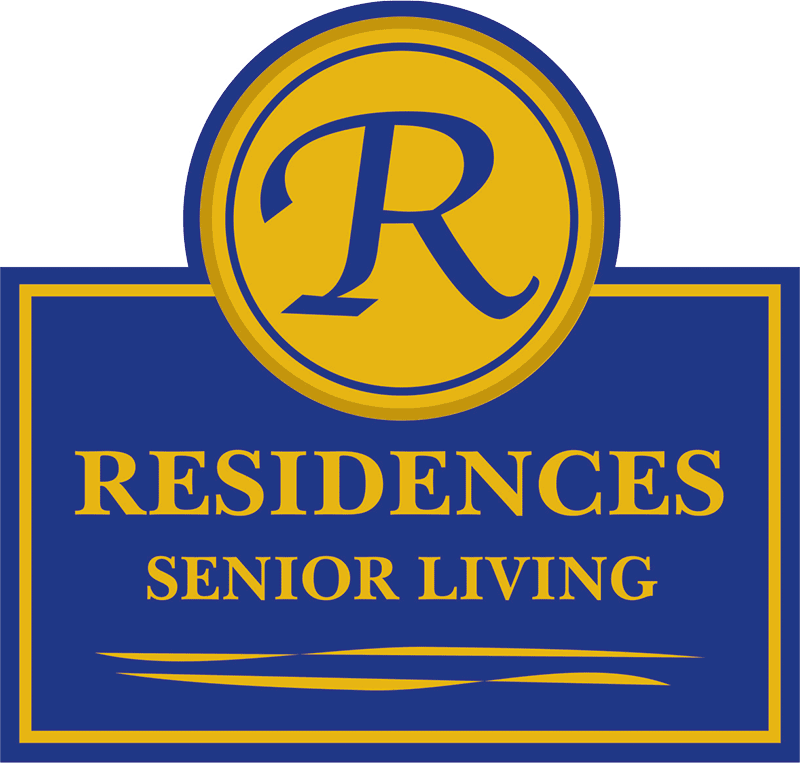You may have heard a lot about the new Medicare changes taking place this coming October. PDPM? LOS? Per diem adjustment? NTA? What does it all mean?
Break It Down
In layman’s terms, skilled nursing providers are being incentivized to cut the average length of a resident’s stay (“Length of Stay” or “LOS”) to 20 days. Why? After 20 days, Medicare pays them less for each day.
The amount that the provider is paid by Medicare decreases each week until the 100th day of services is reached. Then Medicare stops paying the provider. Skilled nursing providers are businesses, and like every other business, income and cash flow are top priorities.
Related: How to Choose Between At-Home Care and Assisted Living >>
Patient-Driven Payment Model
The new Medicare payment model is being described as a “Patient-Driven Payment Model” (“PDPM”). Although the goal is to save government money and cut providers’ budgets, it is being spun to skilled nursing providers as an opportunity to make more money by pushing patients through the system faster. The longer a patient stays at the skilled nursing facility, the less “valuable” they are to the provider’s bottom line.
What are the implications of this new “Patient-Driven Payment Model”? There are certainly risks for the patient. Rushing and cutting care and rehab hours could negatively impact patient outcomes. Creating a race against time could also impact compliance with regulatory agencies such as CMS (the Centers for Medicare & Medicaid Services, i.e. the agency monitoring quality care). Patient satisfaction and outcomes could take a significant toll.
What Are Your Options With PDPM?
So, what are the options for patients who need more time and care given this new PDPM? Paying the skilled nursing facility privately is an option; however, it is an expensive option.
Another option is home health services, which may be utilized for a short amount of time and billed to a different bank of hours through Medicare. One of the better options may be for patients to move into an assisted living community which offers outpatient rehabilitation, where they can continue to receive the additional care and attention they need before returning home.
In light of this shift in care, driven by reduced government payment, other service providers in the industry will likely pick up the slack. The market will correct itself as it always does when there are regulatory changes, but the adjustment period can be tumultuous. Unfortunately, the patients who are likely in the most fragile state of their lives are the ones taking the brunt of the negative outcomes of this new PDPM change.
How Residences Senior Living Can Help
If you have questions about the Patient Driven Payment Model, Residences Senior Living can help. Contact us today to learn how we can serve you.
